Your business demands constant uptime, but traditional UPS systems can be bulky, heavy, and require frequent battery changes. This leads to higher maintenance costs and potential vulnerabilities.
Our new 6kVA lithium-ion UPS offers a compact, high-density power solution with a significantly longer lifespan and faster recharge times, revolutionizing how you protect your critical infrastructure. It's a true step forward in uninterruptible power.
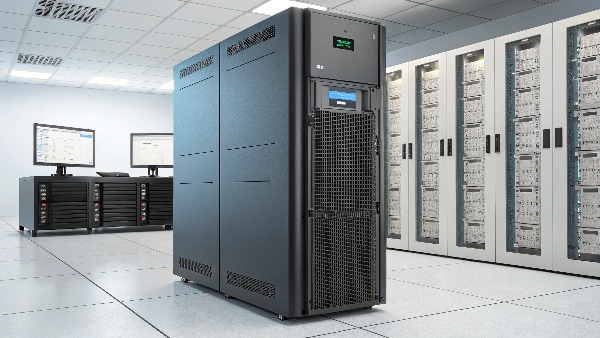
Transition Paragraph:
As an OEM/ODM manufacturer at Daopulse for ten years, I've seen the evolution of power protection. We're thrilled to launch this 6kVA lithium-ion UPS. The core idea behind its development, and indeed a key benefit of modern UPS technology, is that UPS maintenance is very convenient. Lithium-ion technology takes this convenience to a new level with its extended battery life and reduced need for replacements. This new unit isn't just about more power; it's about smarter, more efficient, and more reliable power. This launch also brings up many practical questions our clients, like Mr. Li, a Procurement Manager, often ask about UPS usage in general.
Can I use a UPS as an inverter for 8 hours?
You're planning an off-grid event or need extended backup, and wonder if your UPS can double as a long-duration power source. You're hoping to avoid buying a separate, dedicated inverter system.
While a UPS does invert DC battery power to AC, it's primarily designed for short-term backup to allow safe shutdown. Using it for 8 hours continuously as an inverter would require an impractically large battery bank and isn't its intended function.
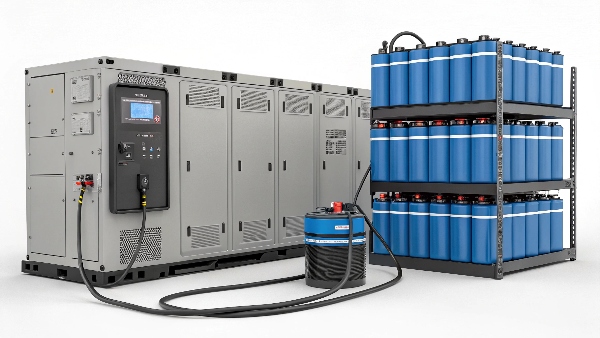
Dive deeper Paragraph:
This is a common question, especially for those looking for versatile power solutions. A UPS (Uninterruptible Power Supply) contains an inverter; that's how it converts battery power (DC) into usable mains power (AC) during an outage. However, the batteries inside a typical UPS, even our new lithium-ion models, are sized to provide power for minutes, not many hours, at its rated load. To run a significant load for 8 hours would require a massive external battery bank, far larger than what fits inside a standard UPS. For example, a 6kVA UPS powering a 3kW load would need around 24kWh of battery capacity for 8 hours, which is a very substantial battery system. While our lithium-ion UPS units have excellent power density and can be configured with external battery modules (EBMs) to extend runtime, they are optimized for bridging power gaps or allowing graceful shutdowns. For continuous 8-hour off-grid power, a dedicated inverter system designed for deep cycling and prolonged use with a large battery bank is the more appropriate and reliable solution. We can, of course, design custom solutions, but for standard UPS units, think minutes, not many hours.
Is it okay to unplug the UPS sometimes, not always?
You might need to move your UPS, perform maintenance, or simply want to save a tiny bit of power during a long vacation. You're worried if unplugging it, even occasionally, could cause harm.
Yes, it's perfectly fine to unplug your UPS occasionally for relocation, maintenance, or extended absences. However, its primary purpose is to remain plugged in and active to protect your equipment 24/7.
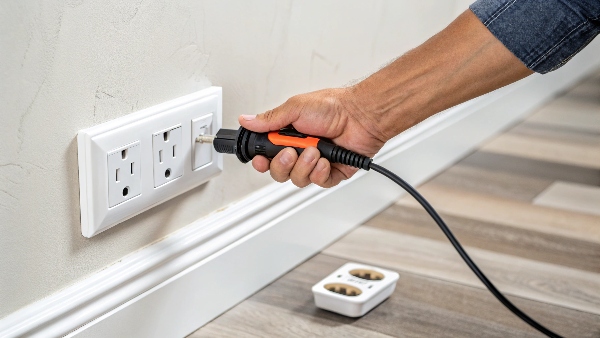
Dive deeper Paragraph:
I understand the concern – you don't want to inadvertently damage your power protection. Unplugging a UPS for short periods, like when you're moving office equipment or going on a two-week holiday, is generally not a problem. Before unplugging, it's good practice to turn off the UPS and any connected load. If you unplug it while it's supporting a load on battery, it will obviously shut down once the battery depletes. The main thing to remember is that while the UPS is unplugged, its battery is not charging, and it cannot protect your equipment from power surges or outages. So, it should not be a regular practice if continuous protection is needed. Modern UPS systems, including our CE and RoHS certified units, are designed for continuous operation and have efficient charging systems that prevent overcharging. The standby power consumption is minimal. For instance, if you're a System Integrator like many of our clients, you'd only unplug a UPS during installation, planned maintenance, or when decommissioning old units. The goal is to keep it online as much as possible to ensure that protection.
Smart-UPS Ultra, lithium-ion UPS up to 10kW – how does our new 6kVA fit in?
You've seen other high-power lithium-ion UPS units on the market, like models up to 10kW. You wonder how our new 6kVA offering compares and where it fits in the evolving landscape.
Our 6kVA lithium-ion UPS provides a highly efficient and compact solution for a very common power range. While larger units like 10kW models serve higher-demand applications, our 6kVA unit offers an excellent balance of capacity, advanced Li-ion benefits, and cost-effectiveness for a wide range of critical systems.
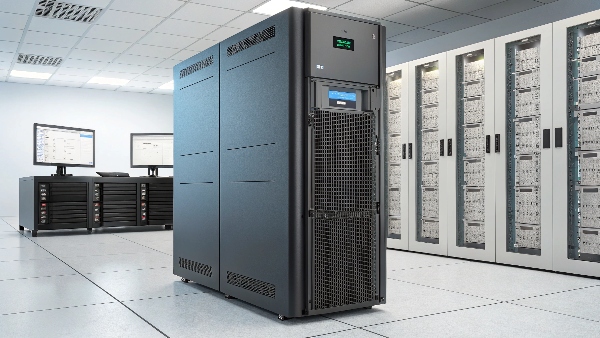
Dive deeper Paragraph:
The emergence of higher-power lithium-ion UPS systems1, like 10kW models, signifies a clear industry trend towards this superior battery technology. At Daopulse, we're excited to be part of this wave with our 6kVA unit. The 5-10kVA range is a sweet spot for many businesses, protecting server racks, networking closets, medical equipment, and light industrial controls. Our 6kVA unit brings all the advantages of lithium-ion – longer life (often 2-3 times that of lead-acid), higher temperature tolerance2, faster recharge, lighter weight, and smaller footprint – to this crucial segment. While a 10kW unit is great for larger loads, it might be overkill, and less cost-effective, for a facility that only needs 4-5kW of protection. Our focus with the 6kVA model is to deliver these premium lithium-ion benefits in a size and capacity that meets the needs of a vast number of clients, from mid-sized enterprises to specific departments in large organizations like hospitals or financial institutions. We leverage our patented technology and comprehensive testing to ensure it meets the rigorous quality and safety standards our global clients expect.
How to test a UPS battery?
You want to ensure your UPS battery is healthy and ready for the next power event. You're looking for a reliable method to check its condition without just waiting for it to fail.
You can test a UPS battery using the UPS's built-in self-test function, or by checking its voltage with a multimeter after disconnecting it. For lithium-ion UPS units, the advanced Battery Management System (BMS) often provides detailed health diagnostics.
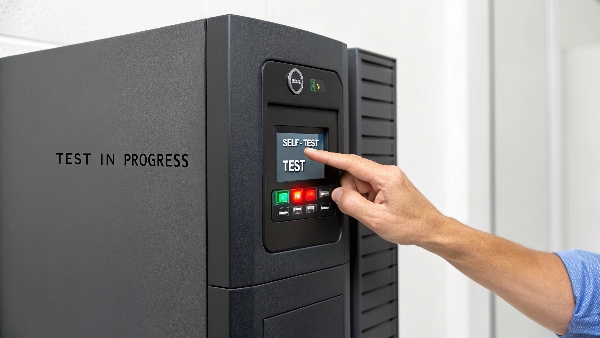
Dive deeper Paragraph:
Ensuring battery health is central to reliable UPS operation, a key concern for any Procurement Manager. Most modern UPS systems, including our new 6kVA lithium-ion unit, feature a user-initiated or automatic self-test. This test briefly switches the UPS to battery power to check the battery's ability to support the load. It's the easiest first step. For a more direct assessment, especially for lead-acid batteries, you can (after safely powering down and disconnecting the battery) use a multimeter set to DC volts. A fully charged 12V lead-acid battery should read around 12.6V or slightly higher; below 12V often indicates a problem. With our lithium-ion UPS, the integrated BMS offers more sophisticated monitoring. It tracks cell voltages, temperature, cycles, and overall state of health, often providing more precise data than a simple voltage test. This BMS can alert you to degrading performance well before a critical failure. As an OEM/ODM, we design these systems to be as user-friendly as possible, aligning with the insight that UPS maintenance is very convenient, and intelligent battery testing is a big part of that.
Conclusion
Our new 6kVA lithium-ion UPS offers superior, convenient power protection. Remember, use a UPS for backup, not as a long-term inverter, and test batteries regularly for peace of mind.

